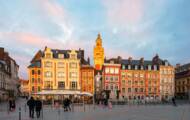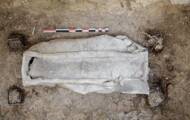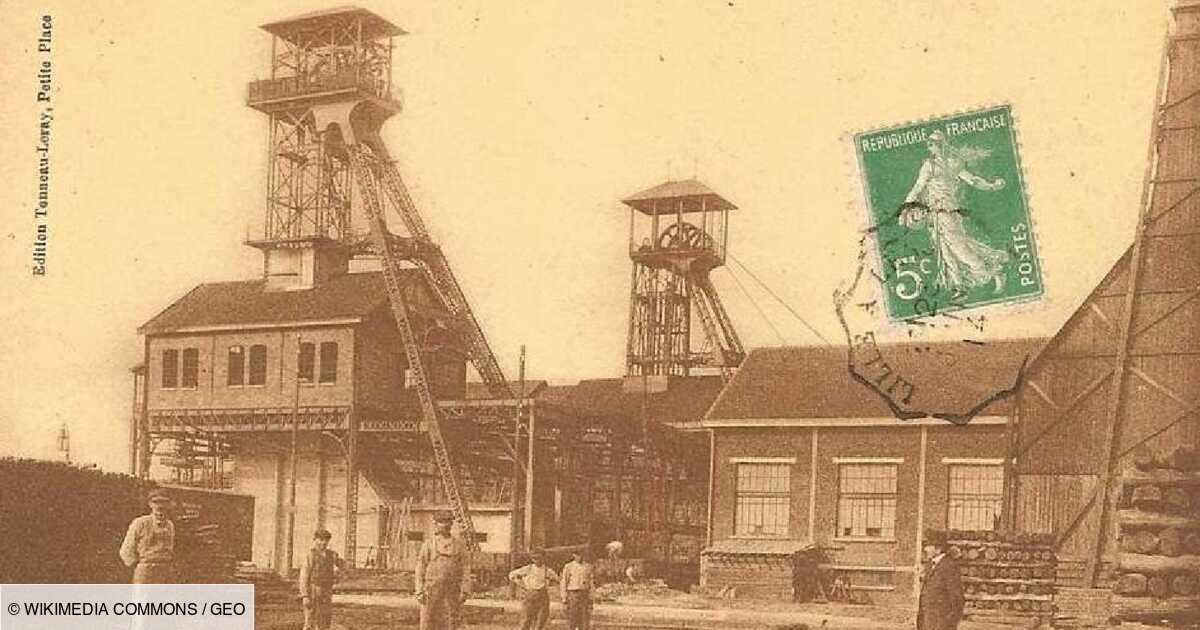To the sound of Serge Reggiani’s International and “The Italian”, on a frosty December day, Billy-Montigny, a small town in the former mining basin, pays tribute to its former communist mayor, Otello Troni, who died in 94 years. The old man was one of the last witnesses to the great strike of 1941, which he told in 2017 to historian Pierre Outteryck. He was 15 years old at
the time.
On May 27, 1941, faced with the freeze on wages and the pace of work imposed by the Germans, the movement began in the so-called “Dahomey” pit, then spreads oil, with 100,000 miners on strike. “The team leader said to me: Children, are you going to stop the machines? If the Germans find out, you are going to go to the pan”, recounted Otello Troni. “Crac, I’m stopping the machines,” remembered the man who then worked in a factory supplying parts to mining companies.
The biggest strike in occupied Europe
Union leaders are mobilizing on soap and food supplies, as well as working conditions. But “the miners see clearly that a good part of the coal they extract leaves for Germany and note the very strong repressive presence of the German authorities in these occupied departments”, explains Pierre Outteryck, who is preparing a thesis on the subject. Social and “patriotic” demands are quickly made. Women demonstrate with the cry of “no coal for the Boches”. “We can not imagine the strength of this movement, an extraordinary strike, which surprised everyone”, enthuses this committed historian. Silence settles over the mining basin. Before a fierce repression. “From May 27 to June 9, there is an almost total stop in the extraction,” he summarizes.
This pioneering movement of the Resistance would be the biggest strike in occupied Europe. However, it left few traces, even in the region. In this year of commemoration, the students of several local establishments visited the fort of Huy, in Belgium, through which passed minors then deported to the camp of Sachsenhausen. Out of 244 deportees, often union or communist activists, 136 will not return. At the citadel of Arras, 218 plaques recall the memory of resistance fighters shot, including 133 minors.
A virtual absence of photographic archives
Each year, for the commemoration of this event, “the sub-prefect is systematically present, whereas for a long time this was not the case. And there is always a beautiful speech on the working class world and its role in the Resistance. “, underlines Christian Champiré, professor of history and communist mayor of Grenay, another town nestled between the old slag heaps. But the last witnesses disappear and “in the families of the mining basin, the traditions related to the mines tend to be rather forgotten”, notes the teacher.
The virtual absence of photographic archives complicates the duty of memory. “It was the will of the Nazi occupiers to act as if this strike did not exist”, insists Mr. Champiré, but “we can recall the words of the strikers, the deportees, denounced by mining engineers, arrested by the French police “. “This story must be known to the younger generations because it carries important values for the present”, adds Pierr Outteryck.
Despite the creation by the former Minister of Justice Christiane Taubira of a mission to make her better known, her teaching remains a “wishful thinking”. “The majority of colleagues are not aware that the strike existed”, deplores Mr. Champiré. The teaching of the event falls under “the pedagogical freedom of the teacher”, one indicates to the National Education. The Academy of Lille adds that if “the programs of college and high school” do not mention it, the professors have “the possibility of using it as an example”.
Read also :

Lille presented as the most beautiful city in Europe in the video of a Chinese influencer
– –

In Arras, two new sarcophagi discovered in an ancient necropolis
– –

Vassieux-en-Vercors, the martyr village ready to take up the torch of the memory of the Resistance
– –
–


